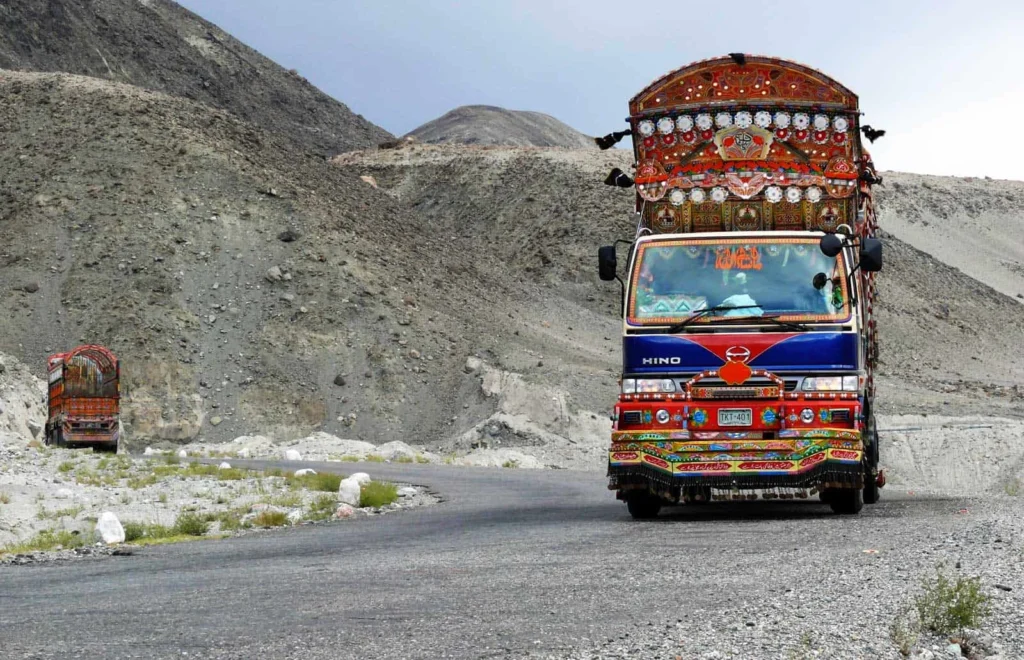China’s growing economic footprint in Afghanistan, especially since the Afghan interim government took charge in 2021, stands as a strategic play in the heart of Central Asia. The Chinese Investment in Afghanistan has sparked both hope and caution in the region. Notably, China was the first country to officially appoint an ambassador to Afghanistan following the Islamic Emirate’s rise to power in 2021. It also became the first to accept the credentials of the Afghan interim government’s ambassador. These bold diplomatic moves reflect Beijing’s strategy of embracing Afghanistan as a potential partner, despite the geopolitical complexities and security risks.
With Afghanistan’s untapped mineral wealth—lithium, copper, and rare earth elements valued at over $3 trillion— China views this as a goldmine—China sees an unparalleled opportunity crucial not just for its industrial needs but also for its energy transition goals. Add to that the potential of integrating Afghanistan into its Belt and Road Initiative (BRI), and the stakes are high for both regional and global players.
But can Beijing’s chequebook diplomacy help bridge divides between Afghanistan and Pakistan, or will it open new fault lines?
Chinese Investment in Afghanistan—Economics: A Shared Opportunity
At first glance, China’s economic strategy in Afghanistan has the potential to transform the regional landscape. In January 2023, Chinese state-owned company Xinjiang Central Asia Petroleum and Gas Co. (CAPEIC) inked a deal with the IEA to extract oil from the Amu Darya basin, pledging an investment of up to $540 million by 2026. With projects such as these, China is not only securing valuable resources but also creating economic opportunities for Afghanistan, whose economy has faced severe setbacks post-U.S. withdrawal.
Beyond energy, China is offering Afghanistan tariff-free trade as part of its broader strategy to tie the country into the BRI. A major component of this vision is the extension of the China-Pakistan Economic Corridor (CPEC) into Afghanistan. Pakistan’s centrality to the BRI and its access to the Arabian Sea provide Afghanistan a vital connection to global maritime trade. This maritime leverage enhances Pakistan’s role as a critical player in facilitating Afghanistan’s integration into regional connectivity initiatives.
The opportunity to strengthen Pak-Afghan ties is clear. Geography and history have already tied these neighbors together through the ancient Silk Road and shared civilizational links. As brother Islamic nations, there is a natural alignment of interests, reinforced by their common cultural, linguistic, and religious roots.
China’s deep pockets could catalyze public diplomacy efforts, encouraging Afghanistan and Pakistan to focus on shared benefits rather than old disputes over borders and security challenges.
Notably, Pakistan’s maritime leverage through Gwadar port and its role as the economic gateway to South Asia also provide Afghanistan an outlet to global trade, helping it break out of economic isolation. If coordinated wisely, this partnership between Pakistan and Afghanistan, underpinned by the Chinese investment, could finally realize the potential of “regional connectivity” that has been a buzzword for decades but rarely materialized.
Also See: Afghanistan and Pakistan in 2025—Tangled Threads of Interdependence
Security: The Elephant in the Room
Of course, money doesn’t solve everything. The tragic killing of a Chinese mine worker in Takhar province in January 2025 and the December 2022 attack on Kabul’s Longan Hotel—both claimed by IS-K—are reminders of the challenges that lie ahead. The Afghan interim government has repeatedly reassured Beijing of improved security, with Deputy Foreign Minister Sher Mohammad Abbas Stanekzai reassuring Chinese officials during a 2025 diplomatic event marking 70 years of ties that Afghanistan is safe for foreign investors by inviting Chinese investors to ‘come and invest with confidence’. “We assure our Chinese friends that our Chinese friends and China will never be threatened from Afghanistan soil,” Stanikzai said. “We will provide a safe environment for Chinese representatives and citizens in Afghanistan.” Yet, these attacks underline the precariousness of these promises.
The Islamic State-Khorasan (IS-K) has been clear about its motives: they see Chinese investments as exploitation of Afghan resources and have openly denounced Beijing over its treatment of Uyghur Muslims in Xinjiang. Security threats like these not only jeopardize Chinese projects but also test the Afghan interim government’s credibility in ensuring stability.
Moreover, the security challenges extend beyond Afghanistan’s borders. In Pakistan, Chinese nationals and infrastructure projects under the China-Pakistan Economic Corridor (CPEC) have been targeted by terrorist groups with alleged safe havens in Afghanistan. Notable incidents include the July 2021 Dasu bus attack, where a suicide bombing killed nine Chinese engineers, and the March 2024 assault on Chinese engineers in Shangla, in addition to other incidents. These attacks have strained Pakistan-China relations and raised concerns over the safety of Chinese investments in the region.
These incidents could serve as an inflection point. China’s quiet but persistent pressure on Kabul to secure its investments might nudge the interim government to take more decisive action against terrorist groups’ safe havens, benefiting regional security.
Pakistan, with its extensive counterterrorism experience, could play a crucial role by offering expertise and intelligence sharing to combat mutual threats. Such collaboration would not only safeguard economic interests but also enable stronger trilateral relations among China, Afghanistan, and Pakistan.
Afghanistan-Pakistan: A New Chapter?
Amid these complexities, there’s an opportunity to recalibrate Pak-Afghan relations. The two nations share more than just a border—they share bloodlines, faith, and centuries of civilizational interlinkages. Pashtun families straddle both sides of the Pak-Afghan border, and the bustling markets of Peshawar echo with the same rhythms as those in Kabul. Such ties can be harnessed to enable public diplomacy efforts, moving beyond the narratives of mistrust.
Along with the increasing Chinese investment in Afghanistan, the extension of CPEC into Afghanistan could serve as the economic glue binding the two nations. By linking Afghanistan’s resources to Pakistan’s ports and infrastructure, both countries stand to gain economically. Moreover, Beijing’s presence as a neutral investor offers an external stabilizing influence, encouraging both nations to cooperate rather than compete.
Geopolitical Balancing Act
On the global stage, China’s deepening ties with Afghanistan raise eyebrows, particularly in New Delhi.
India, which has long enjoyed a close relationship with Afghanistan, especially during the Ghani regime, might view Beijing’s growing footprint as a strategic threat.
For Pakistan, however, this is a rare moment of alignment. Acting as the bridge between Afghanistan and China enhances Pakistan’s relevance in the region and offers it leverage in addressing its own economic challenges.
China, for its part, seems willing to bet big. The stakes are high, but so are the potential rewards. If Afghanistan’s resources can fuel regional growth and if Pakistan can provide the maritime and logistical backbone, this partnership could redefine South Asia’s economic map.
Walking the Tightrope
Chinese investments in Afghanistan present both opportunity and peril. They could bring much-needed development to Afghanistan, foster closer ties with Pakistan, and even nudge the Afghan interim government toward addressing security issues. Yet, the road is riddled with potholes—security threats from IS-K, regional rivalries, and the volatile nature of Afghan politics all loom large.
Still, there’s hope. The shared civilizational and Islamic ties between Pakistan and Afghanistan provide a strong foundation for public diplomacy, and China’s involvement could act as a bridge, enabling collaboration where mistrust has prevailed. For Beijing, the challenge will be to navigate this delicate balance without becoming a target itself.
Ultimately, whether this grand vision of connectivity flourishes or falters depends on the willingness of Afghanistan, Pakistan, and China to seize the moment—and whether they can walk the tightrope together without falling off.



